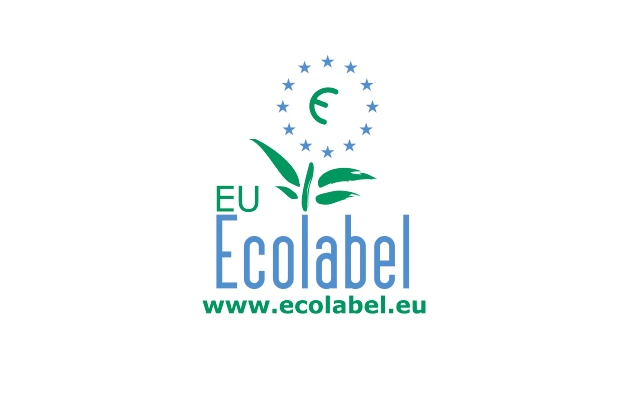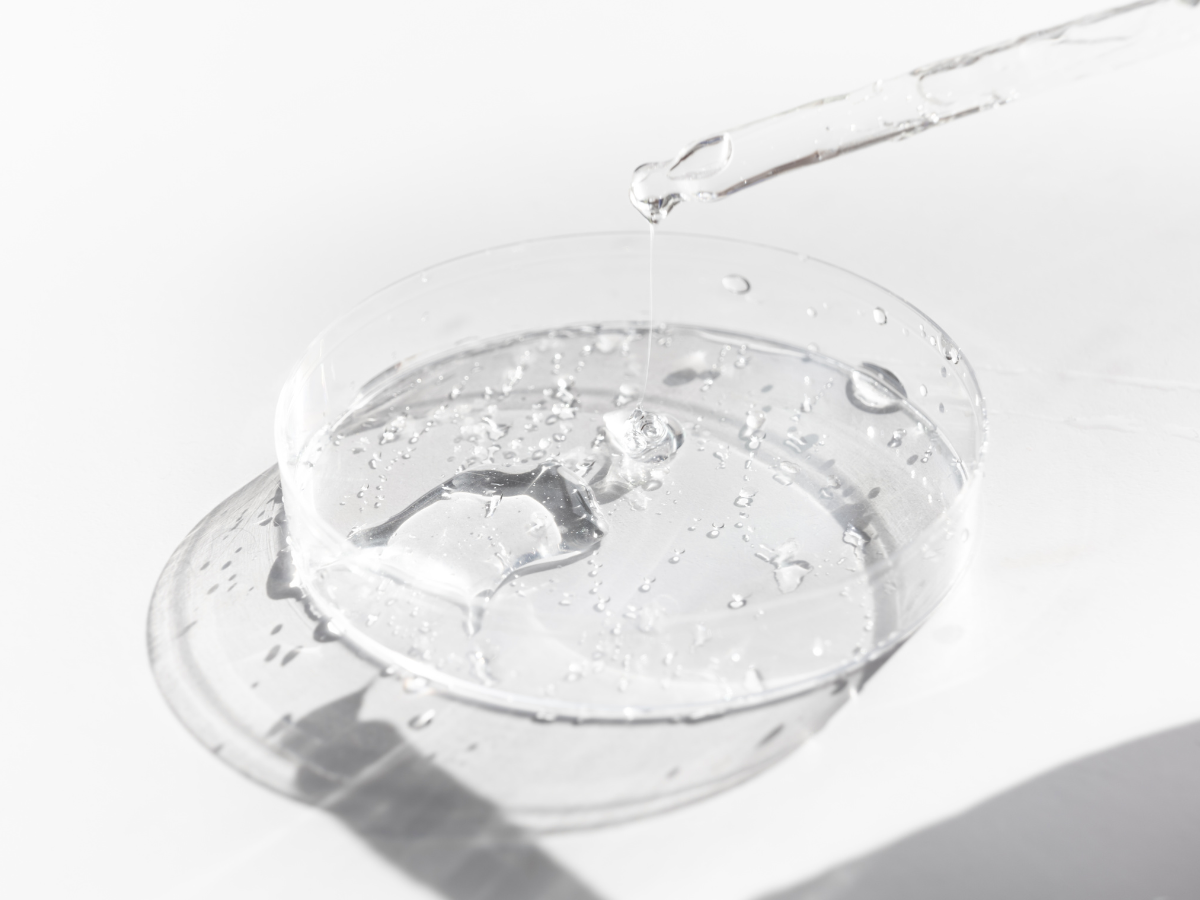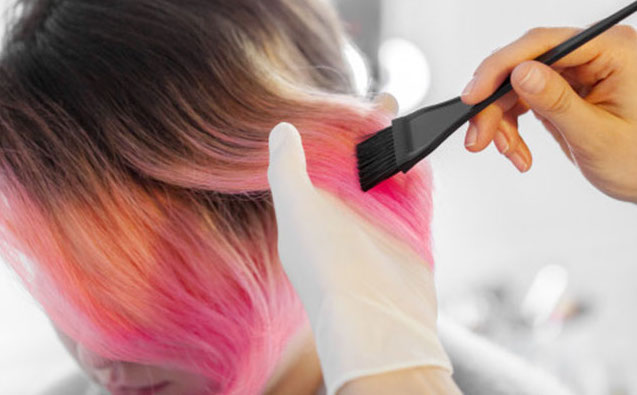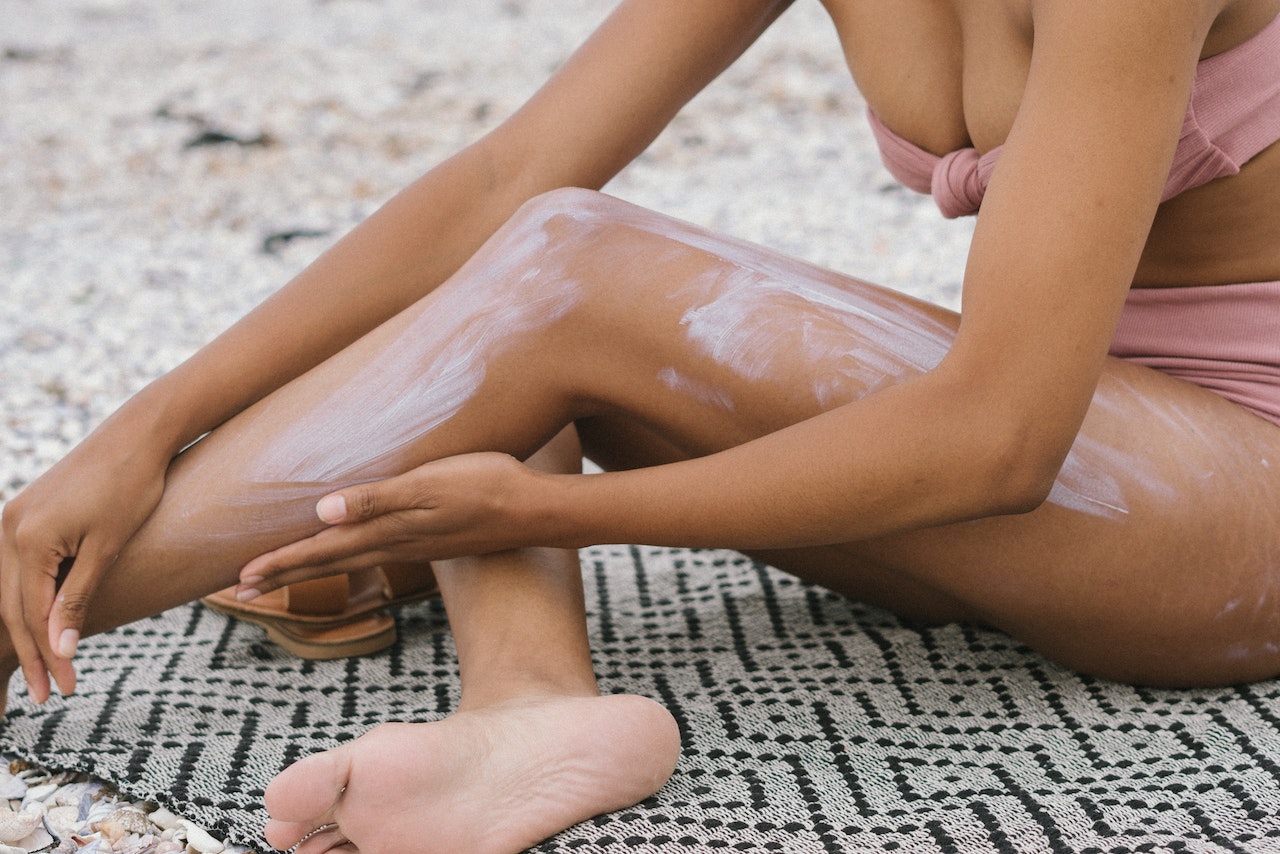EU ECOLABEL
The EU Ecolabel can be described as a label of environmental excellence. The Regulation (EC) No 66/2010 lays down the rules for establishment and application of the voluntary EU Ecolabel scheme.
According to the European Commission, the EU Ecolabel “promotes the circular economy by encouraging producers to generate less waste and CO2 during the manufacturing process“. Producers, importers and retailers can choose to apply for this label, developing products that are durable, easy to repair and recycle.
Products must comply with a tough set of criteria in order to qualify for the EU Ecolabel. The EU Ecolabel criteria are based on the environmental performance of products, taking into account the latest strategic objectives of the Community in the field of the environment. These criteria are set by a panel of experts from a number of stakeholders (including consumer organizations and industry), considering the whole product lifecycle. This means that this label is awarded to products and services meeting high environmental standards throughout their lifecycle: from raw material extraction, to production, distribution and disposal.
The European Union Ecolabelling Board (EUEB), composed of representatives of the Competent Bodies, contributes to the development and revision of EU Ecolabel criteria and to any review of the implementation of the EU Ecolabel scheme. The Competent Bodies, which are independent and impartial organizations designated by states of the European Economic Area (EEA), are responsible for implementing the EU Ecolabel scheme at the national level. They assess applications and award the EU Ecolabel to products that meet the criteria set for them.
ALL COSMETIC PRODUCTS CAN NOW APPLY TO EU ECOLABEL
The European Commission published the Commission Decision (EU) 2021/1870 which revises the EU Ecolabel criteria, establishing a new set of criteria for “rinse-off cosmetics” and expanding its scope to other cosmetic products covered by the European Cosmetic Regulation (Regulation (EC) No 1223/2009) and to animal care products. Until now, only rinse-off cosmetic products (like body wash, shampoo and conditioners) could apply for the EU Ecolabel. The revised criteria (“cosmetic products group”) include rinse-off and leave-on products for both private and professional use, adopting the definition of ‘cosmetic product’ set out on the EU Cosmetic Regulation.
The aim of the revised EU Ecolabel criteria is to promote products that have limited impacts in terms of eco-toxicity and biodegradability, which may only contain a limited amount of hazardous substances and that use less packaging, which can be easily recycled. The use of recycled material and refillable packaging is promoted.
The Commission Decision sets out several strict criteria, including requirements for the biodegradability of surfactants and organic ingoing substances, excluded and restricted substances (e.g., substances classified as CMR by the CLP Regulation are totally banned), packaging, sustainable sourcing of palm oil, palm kernel oil and their derivatives, and several other requirements.
Want to know more about the EU Ecolabel? Do not hesitate to contact us at info@criticalcatalyst.com.
References:
- Regulation (EC) No 1223/2009 of the European Parliament and of the Council of 30 November 2009 on cosmetic products.
- Regulation (EC) No 66/2010 of the European Parliament and of the Council of 25 November 2009 on the EU Ecolabel.
- Commission Decision (EU) 2021/1870 of 22 October 2021 establishing the EU Ecolabel criteria for cosmetic products and animal care products.














